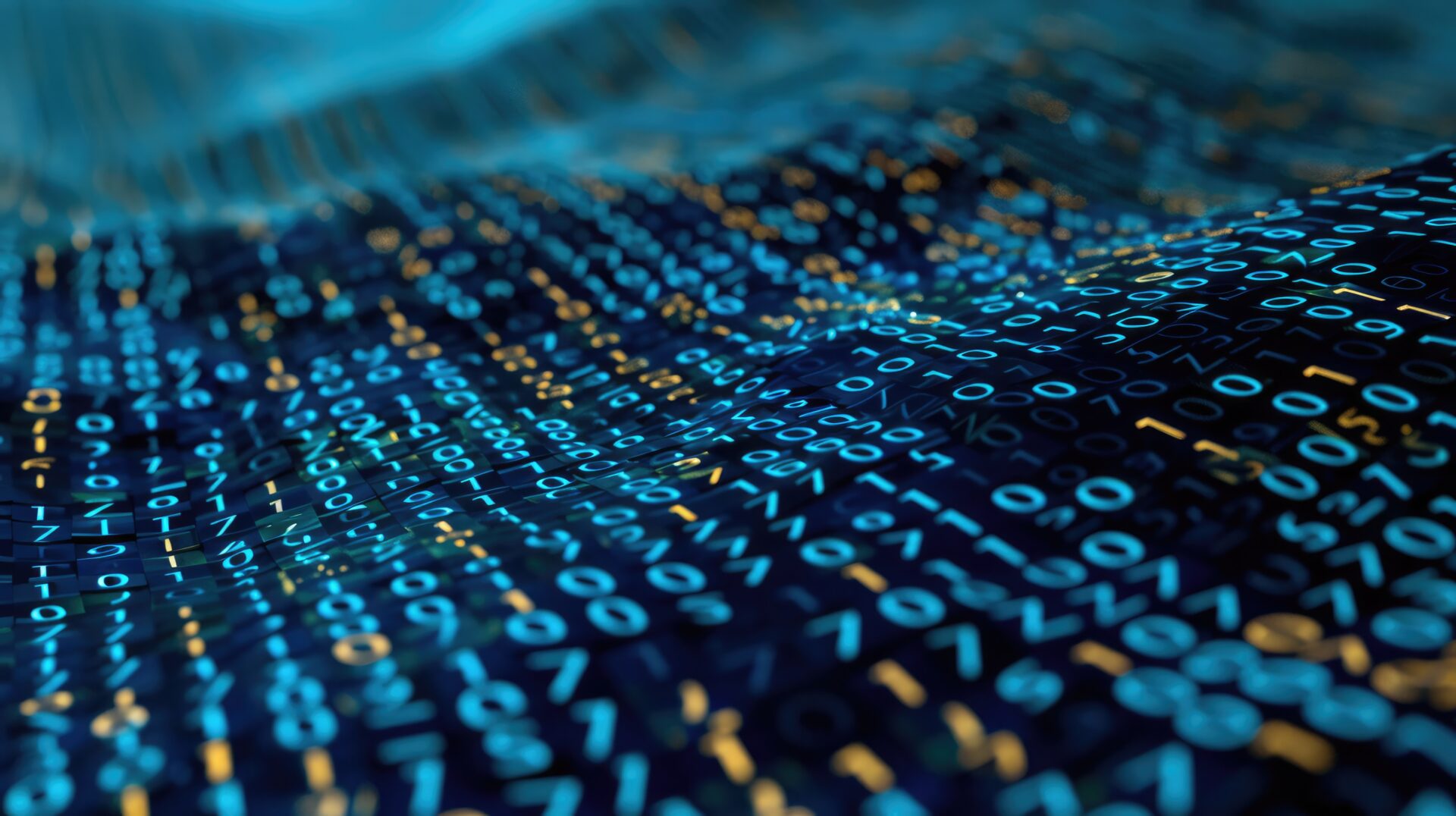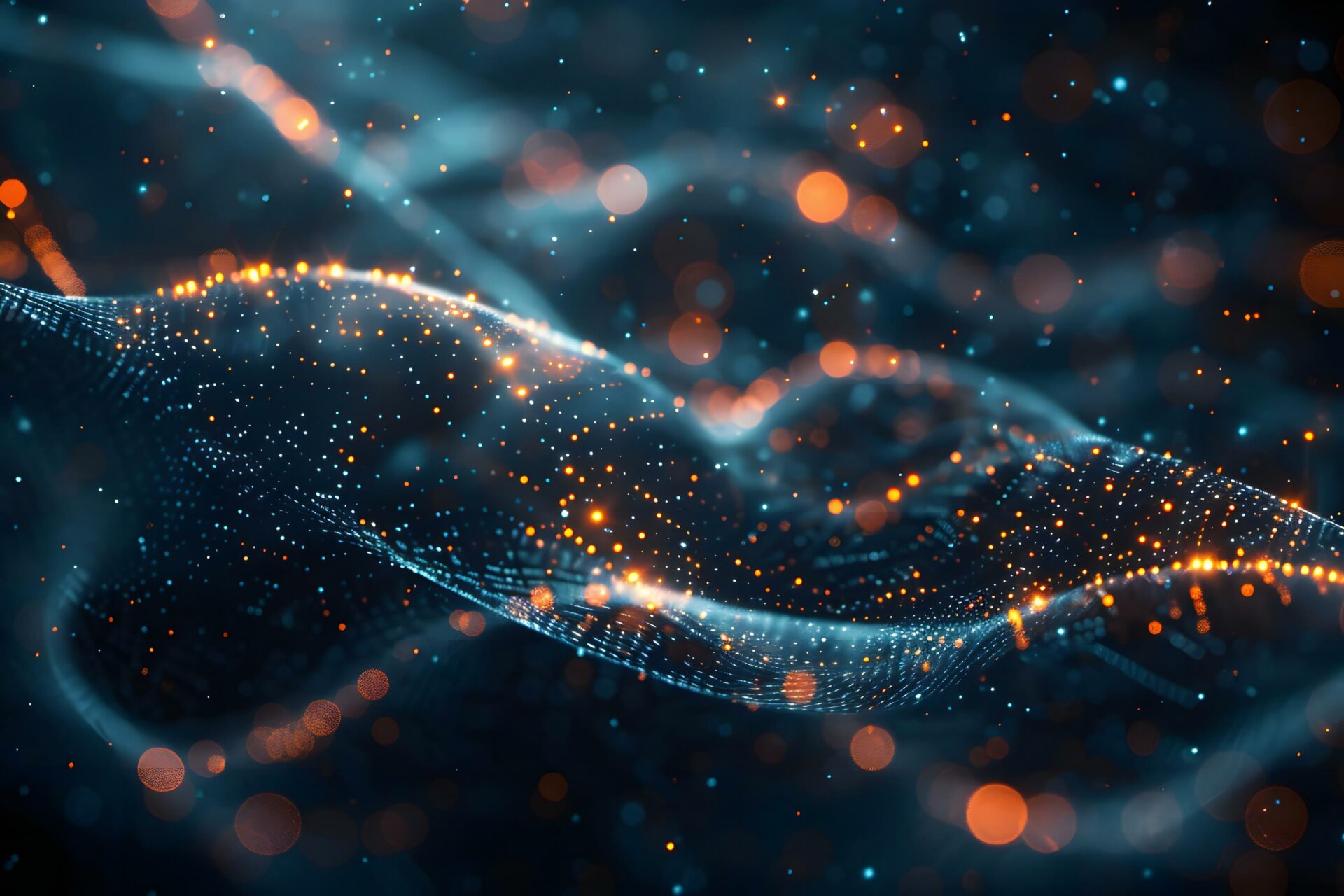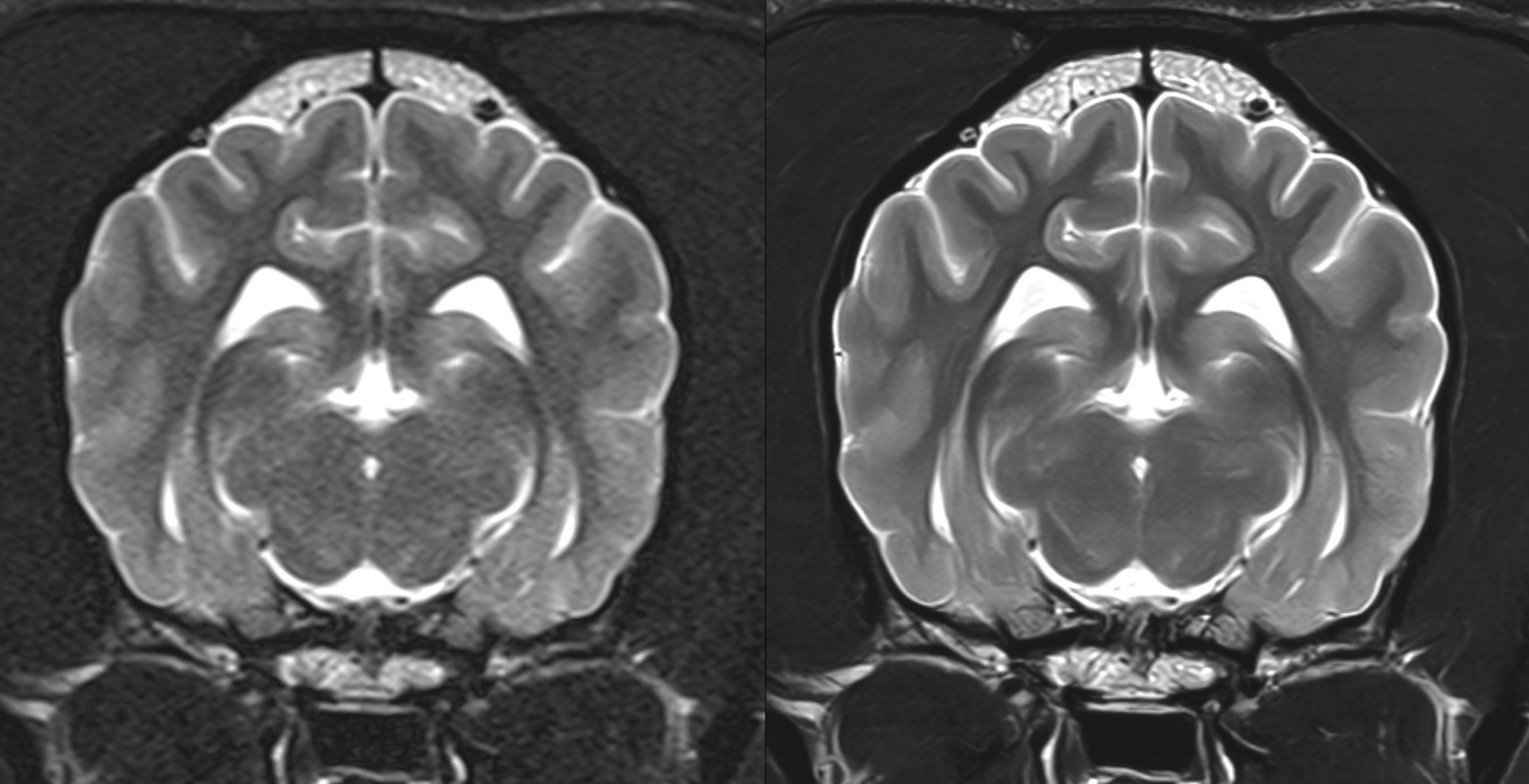Enhancing precision in qMRI

Case study
Quantitative Magnetic Resonance Imaging (qMRI) is a powerful tool that provides precise measurements of tissue properties, such as T1 and T2 relaxation times. These parameters are crucial for understanding tissue structure, function, and pathology. However, qMRI can be challenging due to noise and artifacts that can distort the measured values. HawkAI, an advanced image processing algorithm, offers a dedicated solution to these challenges by preserving relaxometry parameters while improving image quality.
Relaxometry parameters, particularly T1 and T2, are fundamental to qMRI. T1 relaxation reflects the rate at which longitudinal magnetization returns to equilibrium after a radiofrequency pulse. T2 relaxation reflects the decay of transverse magnetization over time. These parameters are sensitive to tissue microstructure, water content, and pathological processes, making them valuable biomarkers for various diseases.
Several factors can hinder the accuracy of qMRI measurements:
Noise: Noise can introduce errors in the estimation of relaxometry parameters, leading to biased results.
Artifacts: Artifacts, such as ghosting, ringing, and motion-related distortions, can distort the measured signal and affect the accuracy of quantitative analysis.
Inhomogeneity: Magnetic field inhomogeneities can cause variations in the measured signal, leading to errors in relaxometry parameter estimation.
HawkAI is a sophisticated post-processing algorithm designed to enhance image quality while preserving essential features. It offers several advantages for quantitative MRI:
Noise Reduction: HawkAI effectively reduces noise in MRI images, improving the signal-to-noise ratio and reducing errors in relaxometry parameter estimation.
Preservation of Relaxometry Parameters*: One of the key advantages of HawkAI is its ability to preserve relaxometry parameters, such as T1 and T2. This is achieved by carefully balancing noise reduction with feature preservation, ensuring that the underlying tissue properties are not distorted.
*ongoing validation.
Improved Quantitative Accuracy: By addressing noise, HawkAI can significantly improve the accuracy of quantitative MRI measurements, leading to more reliable and informative results.
HawkAI can be applied to a wide range of quantitative MRI applications, including:
Brain Imaging: Quantifying T1 and T2 values in brain tissue to study neurodegenerative diseases, stroke, and tumors.
Liver Imaging: Quantifying T1 and T2 values in liver tissue to assess liver function and detect liver disease.
HawkAI represents a powerful tool for enhancing quantitative MRI by preserving relaxometry parameters. It can improve the accuracy and reliability of quantitative measurements, leading to more informative and clinically relevant results.
Our other case studies for Academia







